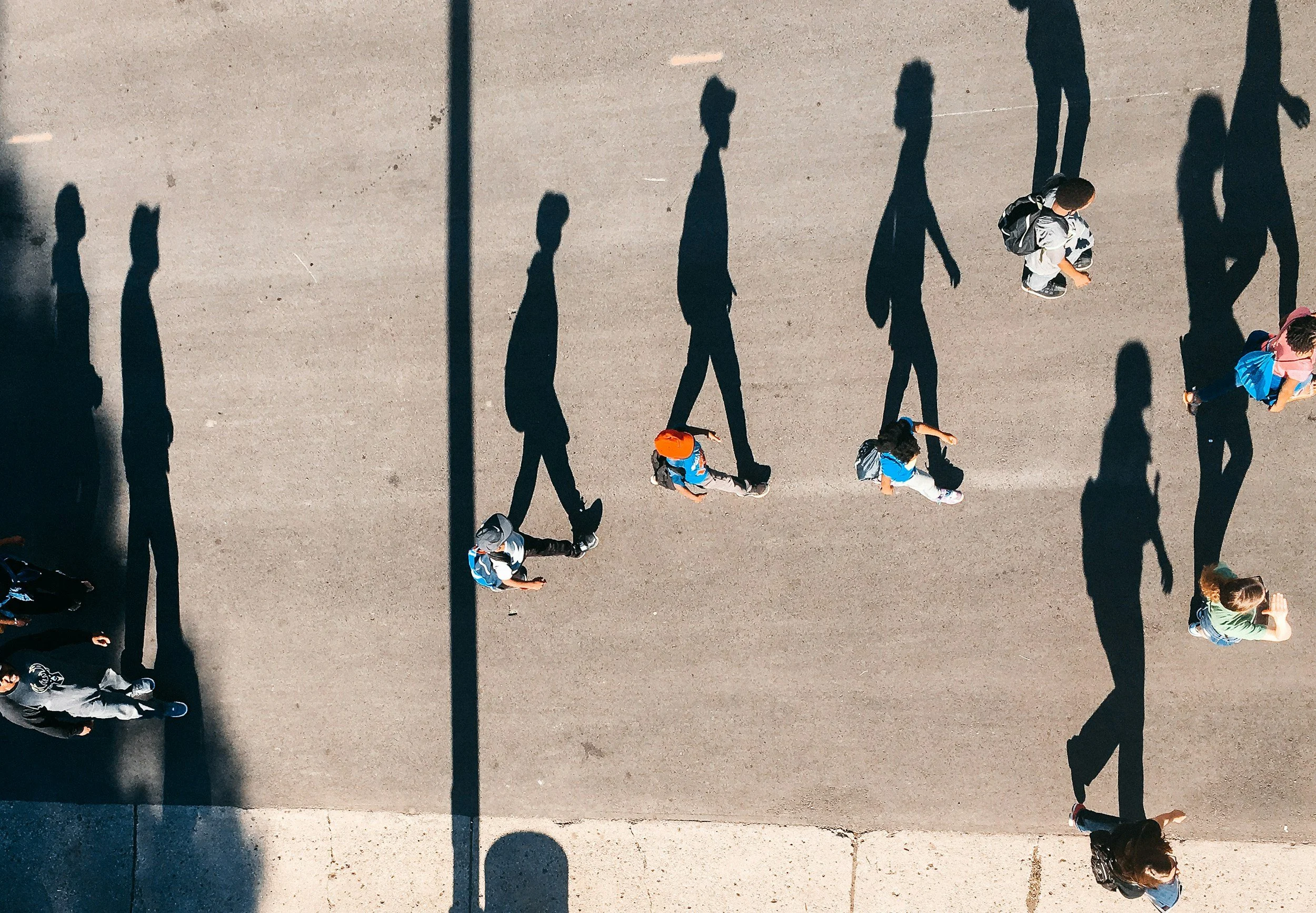Our view of the world and
its transformation
To truly understand what is happening around us, we must first understand where the change originates.
Phenomena and trends are not always what they seem. Especially when people's behavior appears illogical at first glance, it's likely that we’ve overlooked something essential. Our solutions for clients are always concrete, but they are rooted in an understanding of cultural undercurrents and unconscious behavior.
Explore our way of thinking.
When S-Group brought 50 of its top leaders to Harvard, the goal wasn’t a new plan – it was a deeper shared understanding.
Journalist Hilla Körkkö and I share a strange affliction: we cry when a pop star crawls across the stage with glitter in their hair.
In an age when every logo is copied and every trend is posted, true luxury is no longer about what can be seen. It is about what remains hidden — time, silence and the freedom to vanish.
Have you heard it said that the world is changing faster than ever before? The phrase has been repeated so many times it has lost its meaning.
Open strategy once looked like the future. Now it feels like a contested choice.
To change strategy, you must first change minds. But changing minds is hard – especially in organizations with deep roots and strong beliefs about who we are and what our customers want. So how do we actually shift collective thinking?
Iida Korpiniitty’s essay challenges us, in the age of artificial intelligence, to consider what we stand to lose if we no longer pause to think for ourselves. Could slowness and effort become a source of competitive advantage?
Brand owners have always had to adapt to the expectations of different generations and the resulting shifts in dynamics between brands and target groups. The most recent dynamic shift is related to Gen Z, the generation comprising people born between the mid-1990s and the beginning of the 2010s.
Where is the ideal of self-sufficiency stemming from?








